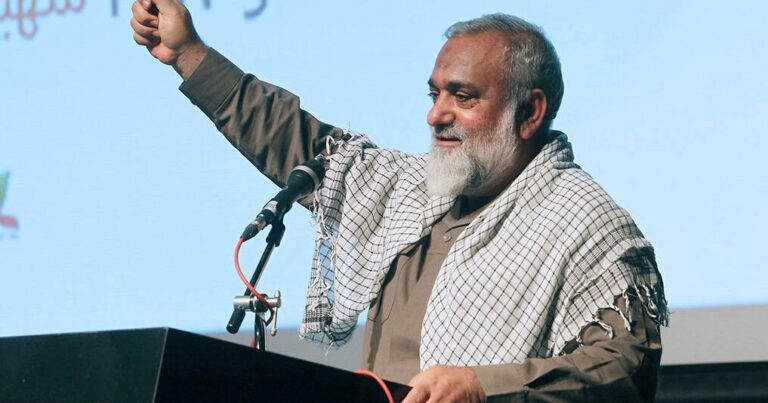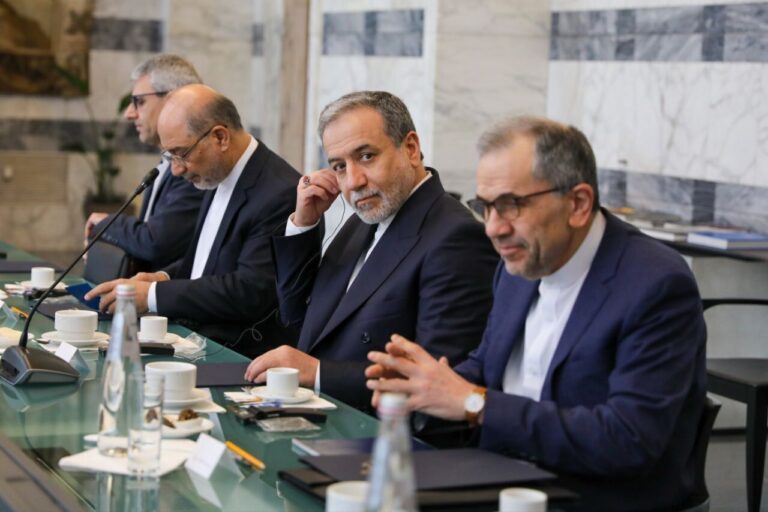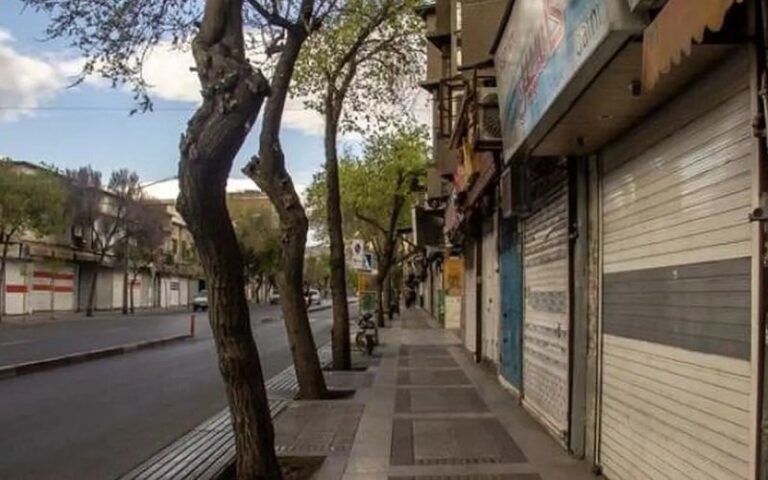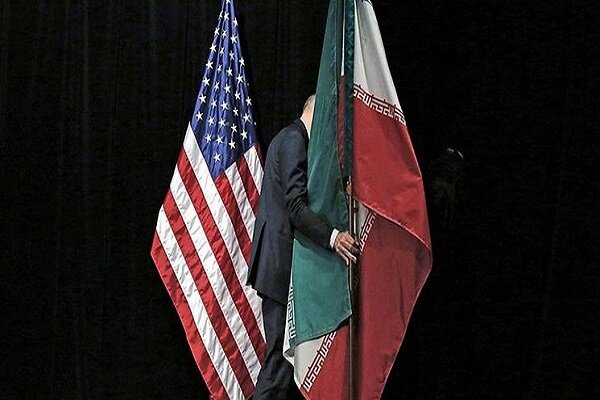Tragic Mining Accidents in Iran: A Stark Warning on the Urgent Need for Enhanced Safety Measures
Between April 6 and 9, 2025, a series of tragic mining accidents across Iran highlighted the ongoing issues surrounding mine safety in the country, claiming the lives of at least nine workers. These incidents have reignited discussions about the need for improved safety regulations and oversight in the mining sector.
A Series of Tragedies
The first of these tragedies occurred on April 6 in the village of Abdullah Abad, located in Mahabad, West Azerbaijan Province. Local officials reported that two miners were injured due to a mine collapse, with one subsequently succumbing to his injuries. Mohammad Sadeq Amir Ashayeri, the acting governor of Mahabad, confirmed that the deceased worker was a 50-year-old resident of the village.
This catastrophic event took place at the Abdullah Abad barite mine, situated approximately two kilometers northeast of Mahabad. As of now, there has been no official statement regarding the cause of the collapse.
The Second Incident: A Catastrophe
The second incident, which proved to be the most devastating, happened on April 7 at the privately owned Mehmānduye mine in Damghan, Semnan Province. Tragically, seven workers lost their lives after entering a tunnel where they likely faced a catastrophic oxygen deprivation event.
- Contractor: Ahmad Shekari
- Workers: Saeed Hassani, Tala Hossein Ebrahimi, Mojtaba Akbari, and Ali Ebrahimi
- Additional workers: Mehdi and Hani Gilaki, who entered the tunnel to investigate
According to Etemad newspaper, the Director General of the Ministry of Labor’s Inspection Department, Ali Mozaffari, expressed serious concerns about the legality and safety of the mine, which had reportedly been closed for several months. “It’s unclear why workers entered the site given its lack of readiness and poor technical conditions,” he remarked. This situation was exacerbated by a limited oxygen supply and the potential for gas accumulation, which were likely contributors to the fatalities.
In interviews with local residents, it was revealed that the mine’s generator had been inactive from December 2024 until the Persian New Year holiday, leaving electric ventilators non-operational. Reactivation was anticipated for May or June.
One rescue worker, identified as Mohammadian from the Eastern Alborz Complex, disclosed that the first three workers were equipped with Isolated Chemical Oxygen Self-Rescuers. However, one device failed to activate, and the others had not been opened. “By the time we arrived with oxygen tanks, the air inside the tunnel measured only 12% oxygen, and it dropped further in deeper sections,” he reported.
The Third Fatal Accident
A third fatal accident occurred on April 9 at a mine in Ahang village near Bajestan in Khorasan Razavi Province. A 46-year-old worker from Torbat tragically lost his life when a stone dislodged from the mine’s second level, approximately 20 meters deep, and struck him. Two other workers sustained minor injuries from flying debris.
Hamidreza Davarkia, the governor of Bajestan, informed ISNA that the mine had multiple levels and that the safety team was en route to a shelter when the incident took place. Although the mine was not specifically named in official reports, Davarkia noted that there are 43 mines in the area, with 39 currently abandoned.
A Pattern of Neglect
These tragic incidents are indicative of a larger pattern of neglect and insufficient safety practices in Iran’s mining sector. In the first half of the previous year alone, there were 20 recorded mining accidents resulting in 60 fatalities. A particularly deadly incident in September 2024 at the Tabas coal mine led to the deaths of over 50 workers and injured 20 more.
Miners throughout the country have long voiced their concerns about hazardous working conditions, long hours, inadequate pay, and insufficient health protections. “Which miner can even enjoy five years of retirement? That’s when the illnesses start,” one worker shared with Etemad. “We don’t have proper health insurance. They produce the most with the fewest workers.”
Since the early 2000s, the increase in private mining operations and relaxed licensing standards have resulted in heightened extraction activities, often at the expense of necessary safety protocols. Despite a history of repeated tragedies, significant reforms aimed at improving mine safety in Iran remain absent.
As these incidents reflect a dire need for regulatory reforms, stakeholders in the mining industry and government officials must prioritize safety to prevent future tragedies and protect the lives of workers.






